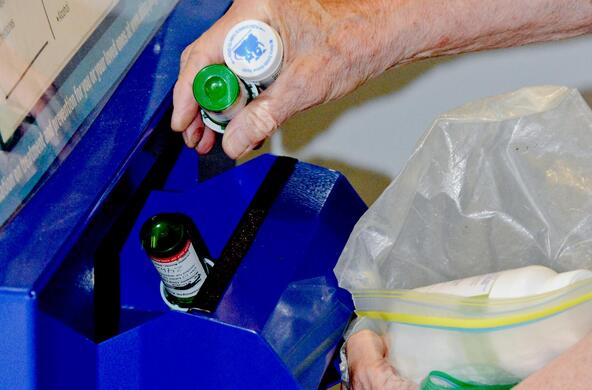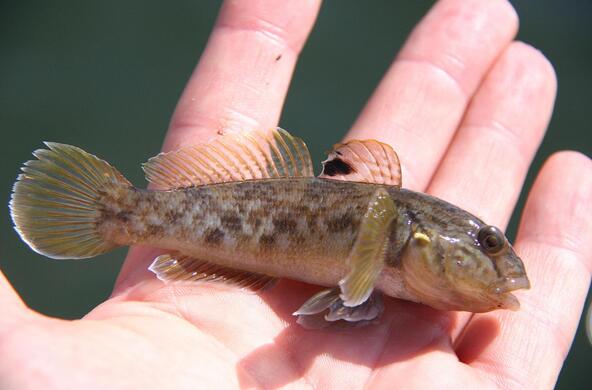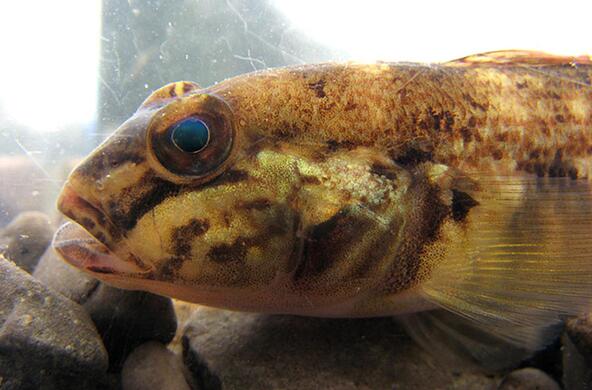Since 1987, our scientists have been keeping close watch on the tiny plants and animals that form the base of the Hudson River’s food web. Research sites span 200 kilometers – from Troy, NY, to the Tappan Zee Bridge. Data have allowed us to track the food web’s response to climate change, extreme weather, and invasive species, like the zebra mussel and water chestnut.
We are also are part of a team maintaining 20+ environmental monitoring stations along the length of the Hudson River estuary. Sensors record indicators of river health, such as salinity, dissolved oxygen, pH, temperature, and water levels. Insights help map sensitive plant and animal communities, track the fate of pollutants, and research the impacts of climate change on wetland communities.
The problem
- Development, pollution, and climate change threaten the health of the Hudson River
- People need a myriad of services from the Hudson, from fishing and recreation to sustainable shoreline development and drinking water supplies
We are exploring...
- How the river’s food web responds to disturbances – like hurricanes, invasive species, industrial activity, and persistent pollution
- The impact of zebra mussels on native pearly mussels in the Hudson River
Our discoveries
Zebra mussels drastically altered the Hudson River food web. We are documenting the effects to understand changes in nutrient cycling and impacts on other aquatic life.
At their peak, zebra mussels filtered a volume of water equal to the entire Hudson River estuary every few days in the summer. This caused an 80% decline in phytoplankton and a 70% drop in zooplankton, all but eliminating the foundation of the river food web. These effects devastated native suspension feeders like the pearly mussel. Fish abundance and species composition also shifted in response.
We are now seeing evidence that the zebra mussel population and its effects are changing over the long term. Survival rates of zebra mussels are now only ~1% of what they were early in the invasion, perhaps because of high predation rates from crabs and fish.
Dave Strayer



